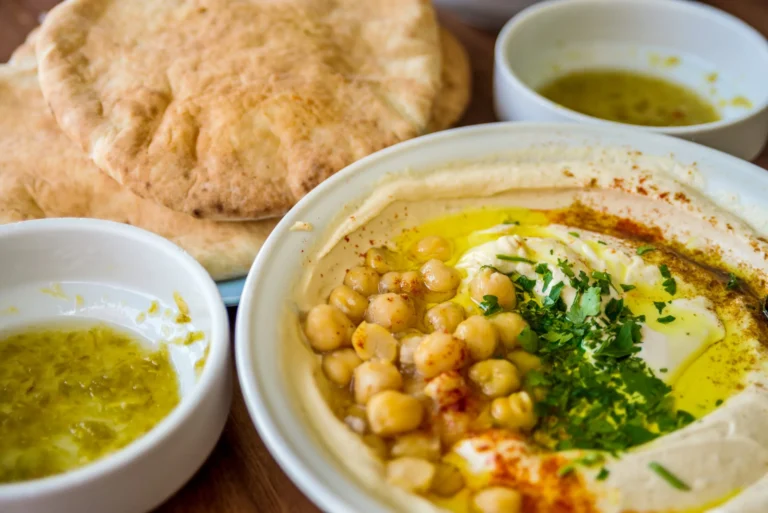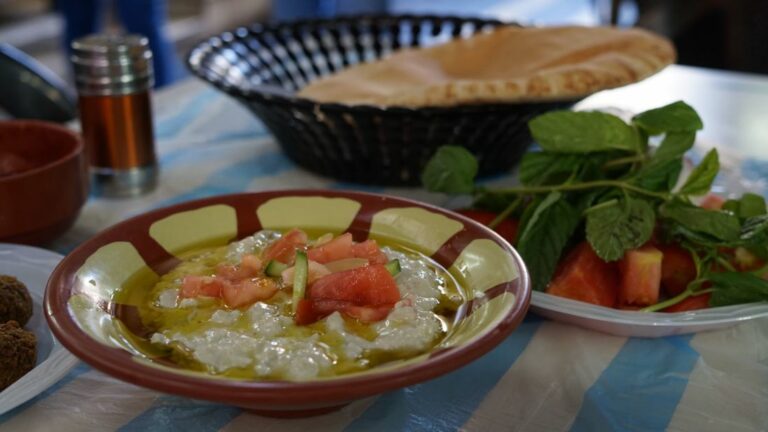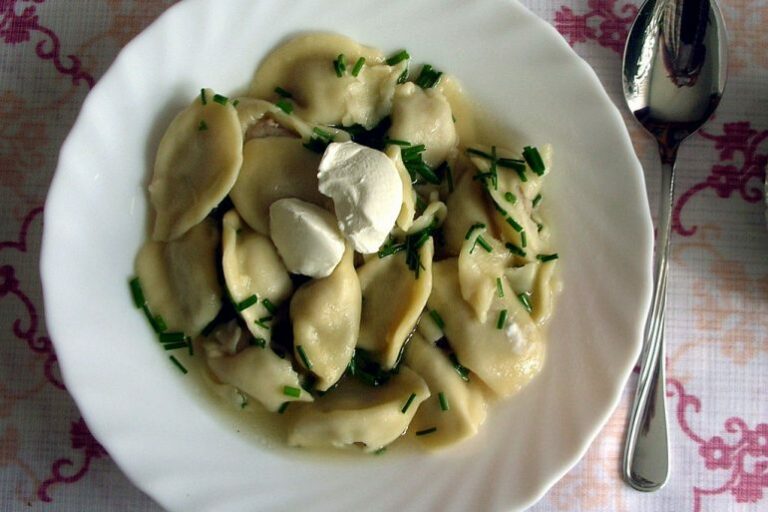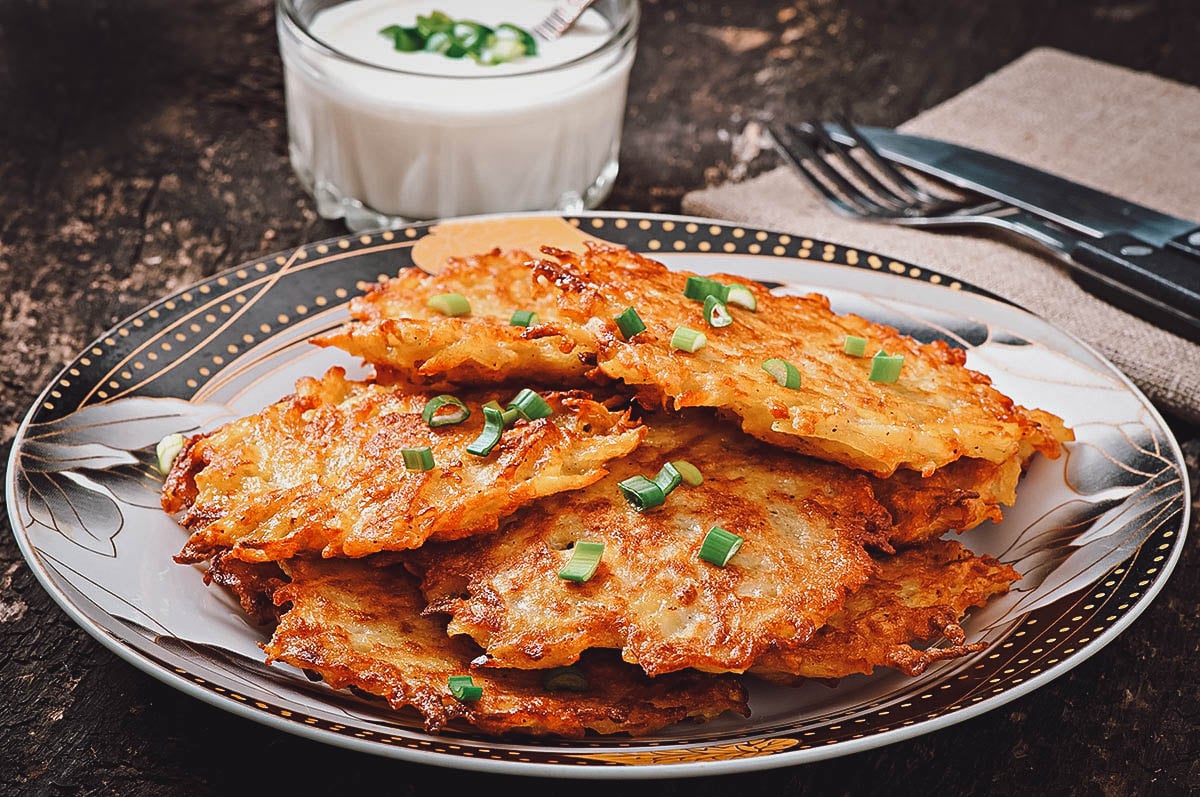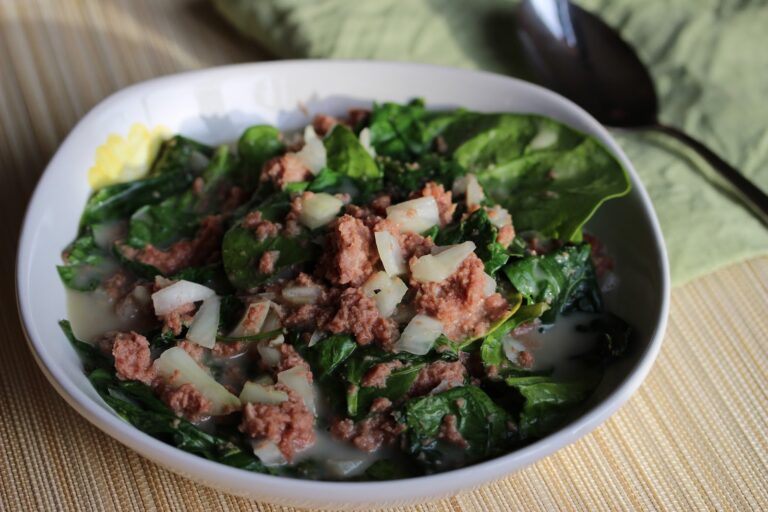Introduction: Liberia’s agricultural practices
Liberia, located on the west coast of Africa, has a rich history of agriculture. The country’s fertile soil, tropical climate, and abundant water resources have fostered a diverse range of crops, including rice, cassava, yams, plantains, and peanuts. The agricultural sector has played a significant role in Liberia’s economy and culture, providing food and livelihoods for millions of people.
Traditional Liberian crops and cuisine
The traditional cuisine of Liberia is influenced by the country’s agricultural practices. For example, rice is a staple food in Liberia and is often served with stews made from vegetables, meats, or seafood. Other indigenous crops, such as cassava and plantains, are also commonly used in Liberian cooking. Cassava is often used to make fufu, a starchy dough-like substance that is eaten with soups or stews. Plantains are used in a variety of ways, such as boiling, frying, or mashing, and are often served as a side dish or snack.
How agriculture shaped Liberian cooking
The agricultural practices of Liberia have shaped the country’s cuisine in many ways. For example, the abundance of rice has led to the development of dishes such as jollof rice, a flavorful rice dish cooked with tomatoes, onions, and spices. Cassava and plantains are also used in a variety of ways, from making starchy dough to serving as a side dish. In addition, the use of fresh, locally grown ingredients has influenced the flavors and textures of Liberian cuisine.
Colonial and international influences
Liberian cuisine has also been influenced by colonial and international influences. For example, during the colonial period, European traders introduced new ingredients such as wheat, sugar, and spices to Liberia. These ingredients were incorporated into Liberian cooking, creating new dishes such as sweet potato pie and gingerbread. In addition, international influences, such as Chinese, Lebanese, and Indian cuisine, have also had an impact on Liberian cooking, resulting in the creation of fusion dishes that blend local ingredients with international flavors.
Modern agriculture and changes in cuisine
Modern agriculture has had a significant impact on Liberian cuisine. With the introduction of modern farming techniques, farmers are now able to grow crops more efficiently and in greater quantities. This has led to an increase in the availability of ingredients, making it easier for people to access a wider variety of foods. In addition, the growth of the tourism industry has led to an increased demand for international cuisine in Liberia, resulting in the creation of new dishes that incorporate foreign ingredients.
Conclusion: A flavorful fusion of history and tradition
Liberian cuisine is a flavorful fusion of history and tradition, influenced by the country’s agricultural practices, colonial history, and international influences. From traditional dishes made with locally grown ingredients to fusion dishes that blend international flavors, Liberian cuisine is a reflection of the country’s diverse history and culture. As Liberia continues to develop and modernize, its cuisine will undoubtedly continue to evolve, incorporating new ingredients and techniques while staying true to its roots.




